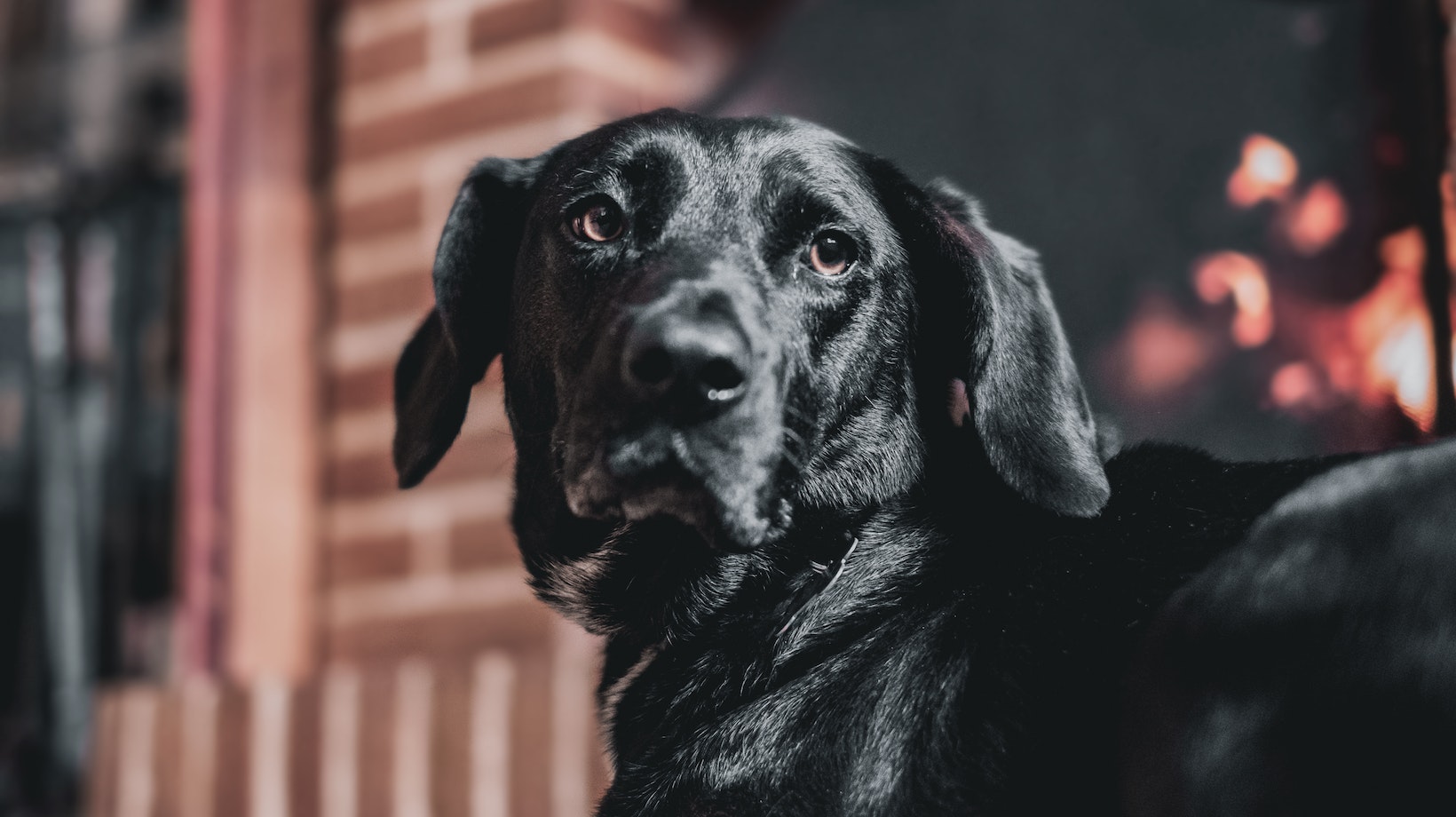How to Retrain a Dog From Peeing in the House
When it comes to retraining a dog from peeing in the house, one of the most effective approaches is implementing positive reinforcement techniques. These methods focus on rewarding desired behaviors and redirecting unwanted behaviors, creating a positive and encouraging environment for your furry friend. Let’s explore some strategies that can help you with this process.
- Start with Consistent Routine: Establishing a consistent routine is essential for any successful training. Take your Labrador outside regularly, especially after meals, naps, and playtime. By doing so, you’re teaching them where it’s appropriate to relieve themselves and reinforcing the habit of going outdoors.
- Use Verbal Praise and Treats: Positive reinforcement relies on rewarding good behavior promptly and consistently. Whenever your Labrador successfully goes to the bathroom outdoors, praise them enthusiastically with phrases like “Good job!” or “Well done!” accompanied by gentle petting or a treat they love. This reinforces their understanding that going outside is highly valued.
- Crate Training: Crate training can be an effective tool during the retraining process. Dogs naturally avoid soiling their sleeping area; therefore, using a crate when you cannot supervise them helps prevent accidents indoors. Make sure the crate is appropriately sized for your Labrador’s comfort and provide enticing toys or chews to keep them occupied while inside.
- Supervise and Redirect: Keep a close eye on your dog while indoors to catch any signs of needing to eliminate. If you notice them sniffing around or circling anxiously, calmly redirect their attention towards an appropriate spot outside by using verbal cues such as “Outside” or “Potty time.” Once they do their business in the correct location, reward them generously.
- Clean Accidents Properly: Accidents happen during the retraining process but it’s crucial not to scold or punish your dog for indoor accidents as it may create fear or confusion in them. Instead, clean up the mess thoroughly using pet-friendly enzymatic cleaners to eliminate any lingering scent that might encourage repeat accidents.
Remember, retraining a dog from peeing in the house requires patience and consistency. With positive reinforcement techniques, you can effectively teach your Labrador the appropriate place to relieve themselves while strengthening your bond along the way.

Addressing Anxiety or Fear Related Issues
When it comes to retraining a dog from peeing in the house, addressing anxiety or fear related issues is crucial. Many dogs develop these issues, especially if they have had negative experiences in the past. Here are some strategies that can help tackle anxiety or fear related problems:
- Create a Safe and Comfortable Environment: Ensure that your Labrador has a designated space where they feel secure and relaxed. Provide them with a cozy bed, toys, and familiar scents to help alleviate any feelings of unease.
- Gradual Exposure to Triggers: If your dog is fearful of certain situations or objects, gradually expose them to these triggers in a controlled manner. Start with minimal exposure and increase it slowly over time as their confidence grows.
- Positive Reinforcement: Use positive reinforcement techniques to reinforce good behavior and boost your dog’s confidence. Reward them with treats, praise, and affection when they display calmness and use appropriate elimination behaviors.
- Counterconditioning Techniques: Consider using counterconditioning techniques to change your dog’s emotional response towards anxiety-inducing stimuli. For example, if your Labrador gets anxious during thunderstorms, create positive associations by offering treats or engaging in play during storms.
- Consultation with a Professional: If the anxiety or fear-related issues persist despite your efforts, seeking guidance from a professional dog trainer or animal behaviorist can be beneficial. They can provide personalized advice and recommend specific training methods tailored to your Labrador’s needs.
Remember that addressing anxiety or fear-related issues requires patience and consistency. It may take time for your Labrador to overcome their fears completely. By providing a nurturing environment and utilizing positive reinforcement techniques, you can help them regain confidence while reducing instances of peeing in the house.
In conclusion: Creating a safe environment, gradual exposure to triggers, positive reinforcement techniques such as rewards and praise, counterconditioning methods like creating positive associations, and seeking professional guidance if needed are all effective strategies for addressing anxiety or fear-related issues in Labradors during their house retraining process.